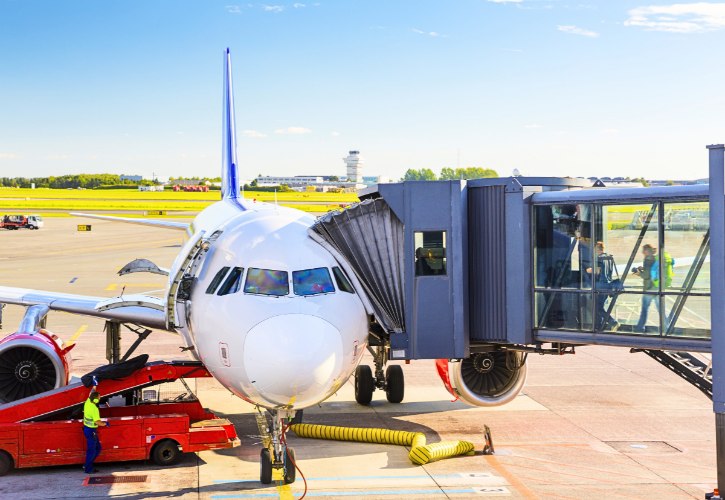
Flying soon? There are some important new airline and carry-on rules you should know. Curious what’s changed and how it affects you?
I’ve put together 3 big updates that might catch you off guard. I hope this guide helps you feel prepared, relaxed, and confident on your next flight! 😊
1. Portable Charger Restrictions
a. Bringing a Power Bank on a Plane
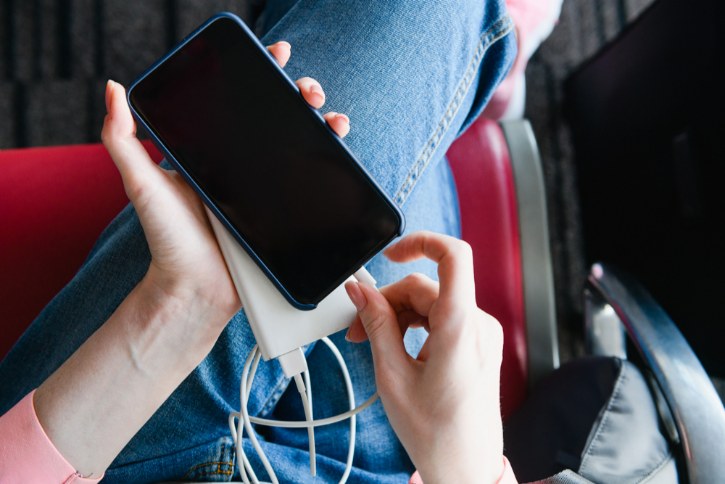
- Carry-On Bags Only: You can bring power banks only in your hand luggage, never in checked bags.
- Safety First: Airlines require this because power banks can overheat and catch fire; cabin crew can respond quickly if there’s an issue.
- At the Gate: If airline staff ask you to check your hand luggage, remove your power banks and keep them with you.
b. Power Bank Capacity Limits
- Up to 100 Wh (around 26,800 mAh or less): Allowed without needing special permission.
- 100–160 Wh: You need to ask your airline first, and usually only two power banks of this size are allowed per person.
- Above 160 Wh: Completely banned from flights; you cannot take these with you.
- Check Capacity Easily: Look for “Wh” on the label or calculate it yourself (mAh × Voltage ÷ 1000).
c. Latest Airline-Specific Rules You Need to Know
i. Airlines That Ban Using or Charging Power Banks Onboard
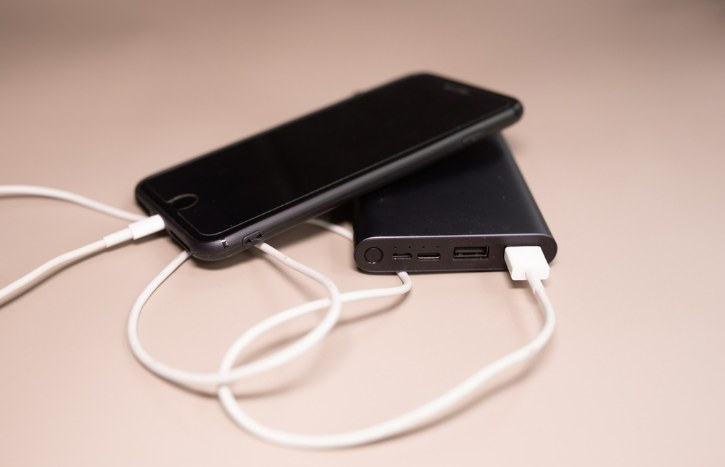
- AirAsia
- Air Busan
- Cathay Pacific
- China Airlines
- Emirates
- Etihad Airways
- EVA Air
- Hong Kong Airlines
- Korean Air
- Malaysia Airlines
- Qantas
- Scoot
- Singapore Airlines
- Thai Airways
ii. Airlines That Prohibit Storage in Overhead Bins

- AirAsia
- Air Busan
- Air China
- All Nippon Airways
- Asiana
- Cathay Pacific
- China Airlines
- China Eastern
- Emirates
- EVA Air
- Hong Kong Airlines
- Japan Airlines
- Korean Air
- Malaysia Airlines
- Scoot
- Singapore Airlines
- Thai Airways
iii. Major U.S. Airlines Rules (Delta, American and United)
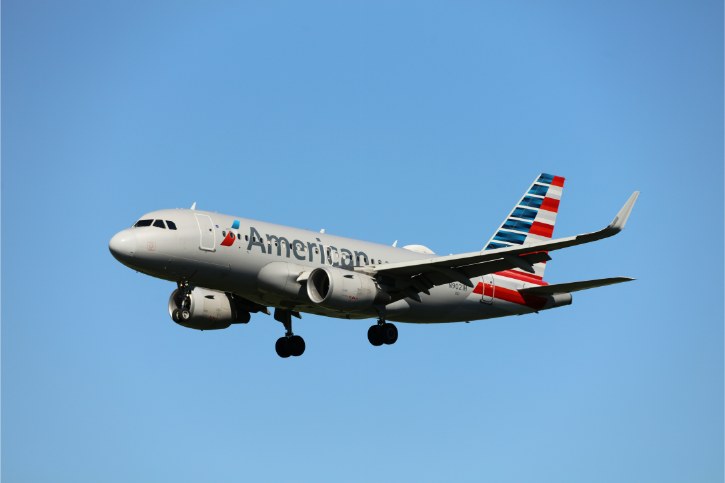
- These airlines allow you to use power banks to charge devices during flights.
- Charging the power bank itself onboard (plugging it into the plane’s outlets) is prohibited.
iv. General Guidelines (Other Major Airlines)
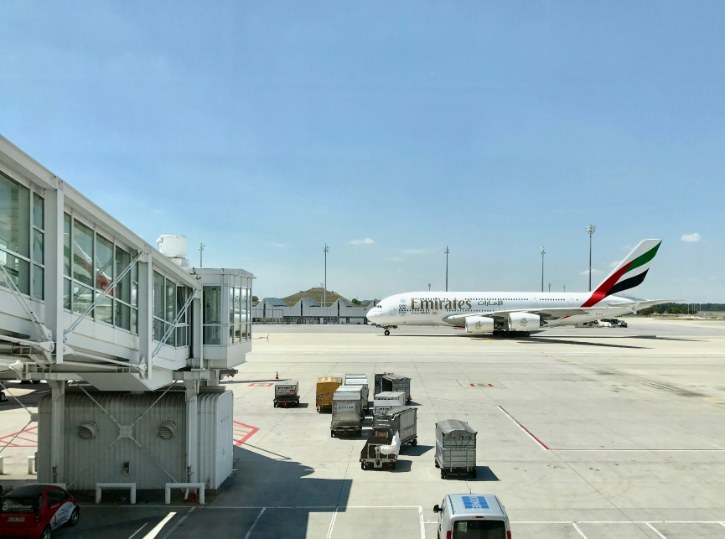
- Qatar Airways, Lufthansa, Air France, British Airways, Qantas: Allow power banks in hand luggage only. They strongly recommend not charging your power banks during the flight.
d. Safety Tips for Traveling with Power Banks
- Carry-On Only: Always pack power banks in your carry-on luggage, never in checked bags.
- Keep it Protected: Use a protective pouch and make sure battery terminals don’t touch metal objects.
- Easy Access: Keep your power bank with you or in your personal bag under the seat.
- Don’t Charge Onboard: Don’t plug your power bank into airplane outlets to recharge it.
- Use Sparingly: Only use your power bank when necessary, and never leave it charging unattended.
- Spot Problems Early: Alert cabin crew immediately if your power bank overheats, swells, smokes, or smells strange.
2. Carry-On & Personal-Item Rules Have Tightened
a. Strict Two-Item Enforcement

- General Rule: Most airlines now strictly allow only one carry-on bag and one personal item (like a backpack, handbag, or laptop bag). Extra items such as shopping bags, blankets, or pillows will count toward your limit.
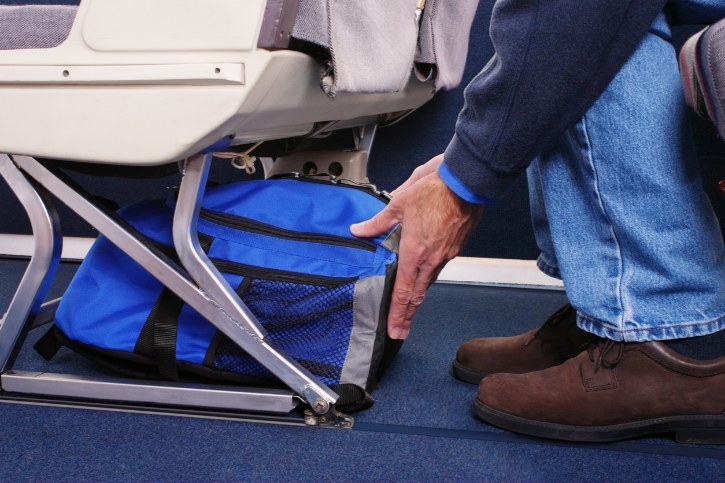
- Personal Items: Items like small backpacks, purses, or laptop bags must fit under the seat in front of you and generally should not exceed 18 x 14 x 8 inches (45 x 35 x 20 cm).
- United Airlines (Basic Economy): If you’re flying Basic Economy within North America, you’re only allowed one personal item that fits fully under the seat. You can’t bring a carry-on bag unless traveling internationally or to South America.
- Air Canada (Basic Economy): Basic Economy tickets for flights within Canada, to/from the U.S., Mexico, Central America, and the Caribbean allow only one personal item that fits under your seat. No additional carry-on bag.
- American Airlines (Basic Economy): You’re allowed one personal item (under the seat) and one carry-on bag (overhead bin).
b. Size Limits Are Now Stricter
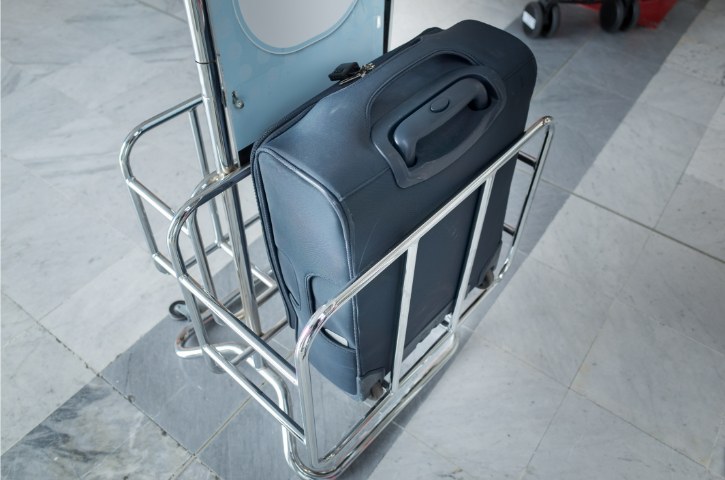
Below are the carry-on size and weight limits for major airlines, clearly organized so you can quickly check the rules before your next flight:
Canada:
- Air Canada: 21.5 x 15.5 x 9 inches, no weight limit
Japan:
- All Nippon Airways (ANA): 22 x 16 x 10 inches, maximum 22 pounds (10 kg)
- Japan Airlines: 22 x 16 x 10 inches, maximum 22 pounds (10 kg)
United States:
- American Airlines: 22 x 14 x 9 inches, no weight limit
- Delta Air Lines: 22 x 14 x 9 inches, no weight limit
- United Airlines: 22 x 14 x 9 inches, no weight limit
United Kingdom:
- British Airways: 22 x 18 x 10 inches, maximum 51 pounds (23 kg)
Australia:
- Jetstar Airways: 22 x 14 x 9 inches, maximum 15 pounds (7 kg)
- Qantas Airways: 22 x 14 x 9 inches, maximum 15 pounds (7 kg)
Singapore:
- Scoot: 22 x 14 x 9 inches (54 cm x 38 cm x 23 cm), maximum 22 pounds (10 kg)
- Singapore Airlines: Total dimensions (length + width + height) must not exceed 45 inches, maximum 15 pounds (7 kg)
Malaysia:
- AirAsia: 22 x 14 x 9 inches, maximum 15 pounds (7 kg)
Gate Checks: If your bag exceeds size limits, you may have to check it at the gate and pay extra fees. Airlines actively use size-measuring bins.
c. Smart Packing Tips to Avoid Problems
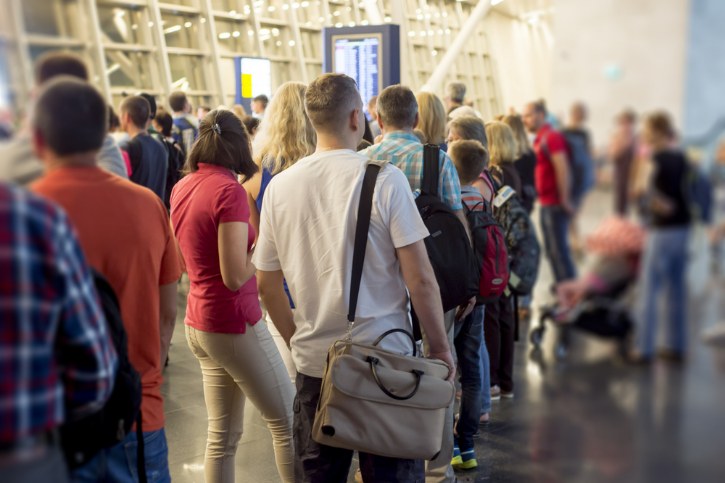
- Check Your Airline’s Rules: Always confirm your airline’s carry-on size and weight rules before packing.
- Use a Luggage Scale: Measure and weigh your bags at home to avoid last-minute issues at the airport.
- Pick Lightweight Bags: Choose a lighter bag so you can pack more without exceeding the limit.
- Pack Smart: Only bring necessary items and select clothes you can easily mix and match.
- Balance Weight: Spread heavy items between your carry-on and personal item to keep within limits.
- Wear Bulky Items: Wear heavy or bulky clothes and shoes on the plane to save space in your bag.
d. In-Flight Theft Is Rising: How to Protect Your Stuff

- Keep Valuables With You: Store important items like money, passports, and electronics under your seat, not in the overhead bin.
- Lock Your Bags: Use TSA-approved locks to secure your carry-on zippers and prevent quick theft.
- Keep Bags in Sight: Put your bag in overhead compartments directly across or slightly ahead of your seat so you can watch it.
- Stay Alert: Be aware during flights, especially on overnight trips. Inform flight attendants right away if you notice anything suspicious.
- Avoid Seat-Back Pocket Trap: Don’t store valuable items in the seat-back pocket, as they’re easily overlooked when leaving the plane or can be quickly taken without you noticing.
3. No Barefoot Policy Mid-flight
a. What’s the No Barefoot Policy
- Wear Shoes: Airlines expect you to keep your shoes on during the flight, not just when boarding or leaving.
- Official Rules: Most airlines clearly state in their rules that going barefoot during flights isn’t allowed.
- Crew Enforcement: Flight attendants might ask you to put your shoes back on if you walk around barefoot.
b. Why Airlines Ban Bare Feet
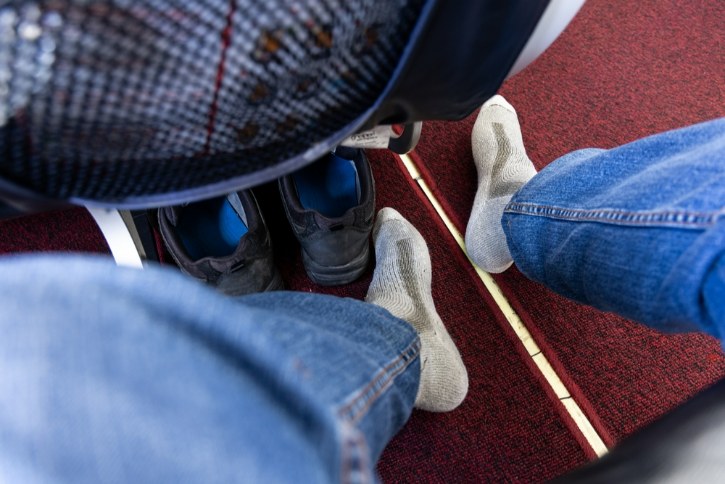
- Safety: Wearing shoes keeps your feet safe during emergencies, turbulence, or evacuations.
- Hygiene: Airplane floors, especially bathrooms, can be dirty. Wearing shoes helps you avoid germs.
- Respect Others: Many passengers find bare feet unpleasant. Keeping your shoes on shows respect for others onboard.
c. Airlines with Strictest Policies
- American Airlines: Explicitly requires footwear at all times and does not allow bare feet.
- Delta Air Lines: Passengers must wear shoes at all times. The airline reserves the right to remove passengers who are barefoot.
- Frontier Airlines: Requires passengers aged 4 and older to wear shoes during the flight.
- Hawaiian Airlines: Requires all passengers to wear shoes during the flight, with exceptions only for medical reasons.
- JetBlue Airways: Requires passengers aged 5 and older to wear shoes during the flight.
- Southwest Airlines: Requires passengers aged 5 and older to wear footwear, with clear enforcement by crew.
- Spirit Airlines: Recently updated policy strictly forbids bare feet and actively enforces it.
- United Airlines: Has clear rules against barefoot passengers and can remove or deny boarding.
d. Practical Tips for Passengers
- Easy Shoes: Wear shoes that slip on and off easily for comfort during your flight.
- Socks or Slippers: Pack clean socks or foldable slippers to stay comfy and covered onboard.
- Good Foot Hygiene: Always wear fresh socks, keep your feet clean, and avoid being barefoot in airplane bathrooms.
- Be Respectful: Keep your feet in your own space, away from seats, trays, and other passengers.
- Compression Socks: Good for long flights as they prevent swelling and meet airline footwear guidelines.
Good to Know #1: Dress Code Enforcement
a. What Clothing is Not Allowed
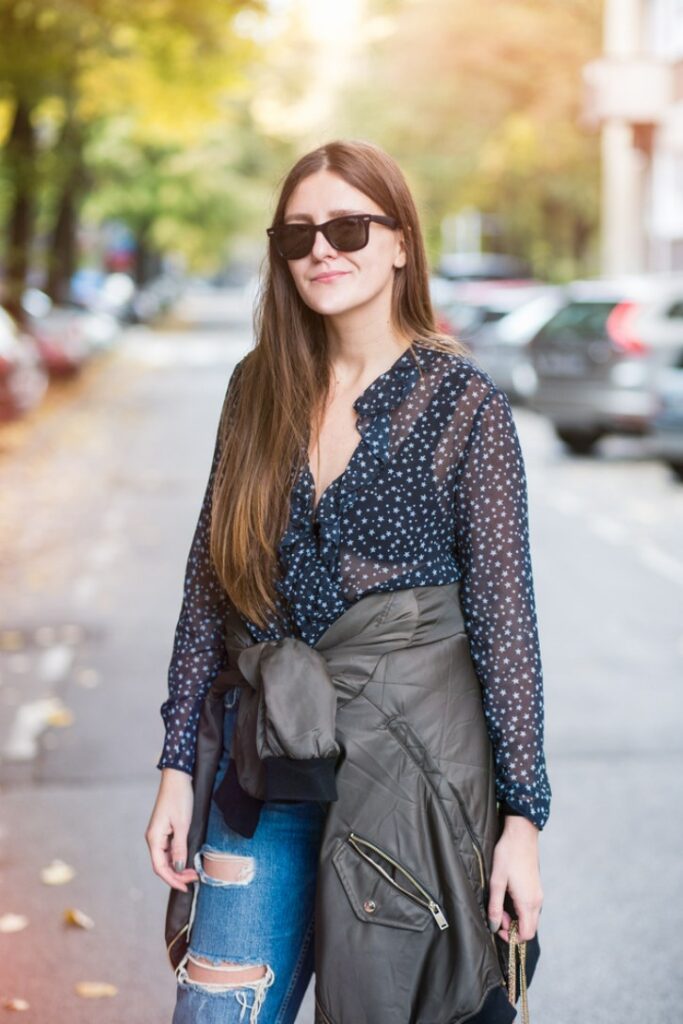
- See-through or Too Revealing: Avoid clothing that’s sheer, extremely short shorts, tiny tops, or anything exposing too much skin or underwear.
- Offensive Messages or Pictures: Don’t wear clothes with swear words, rude images, or controversial slogans.
- Beachwear: Bathing suits, bikinis, or swim briefs aren’t suitable for flying. Make sure to cover up.
- Hateful or Offensive Tattoos and Symbols: Airlines won’t allow clothing or visible tattoos with hateful or offensive messages or symbols.
b. Tips to Avoid Problems

- Cover Up: If your outfit feels revealing, bring an extra layer like a sweater or jacket.
- Check Your Clothes: Choose outfits without offensive slogans or controversial pictures.
- Bring Extra Clothes: Carry a scarf, sweater, or hoodie just in case you need to cover up or feel chilly onboard.
Good to Know #2: Stricter 3-1-1 Liquid Rules
a. What Is the 3-1-1 Rule
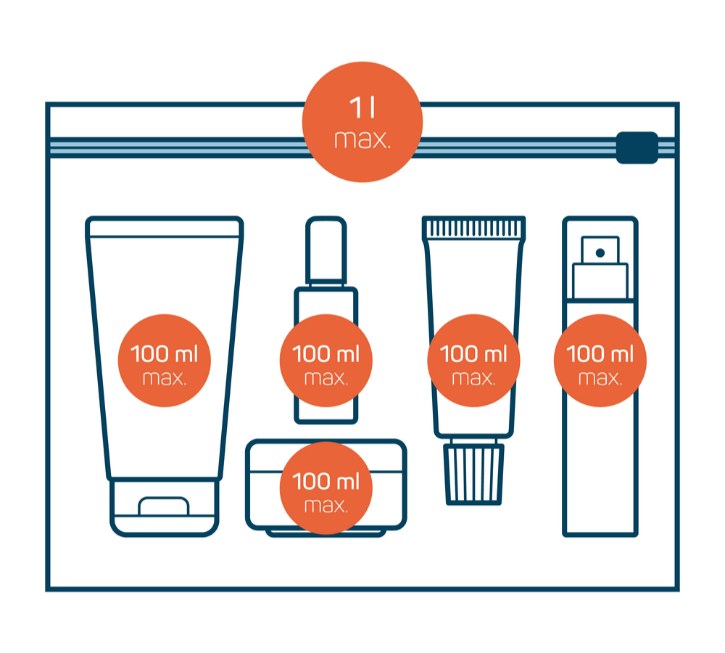
- 3-1-1 Basics: You can bring liquids, gels, and creams in your carry-on bag if each container is 3.4 ounces (100 ml) or smaller. All containers must fit inside a single, clear, resealable plastic bag (around 1-liter or quart-sized). Each passenger is allowed only one bag.
- Container Size Matters: Even if your larger container isn’t full, it won’t be allowed. The rule applies to the container size, not how much liquid is left inside.
b. Items That Must Follow the 3-1-1 Rule
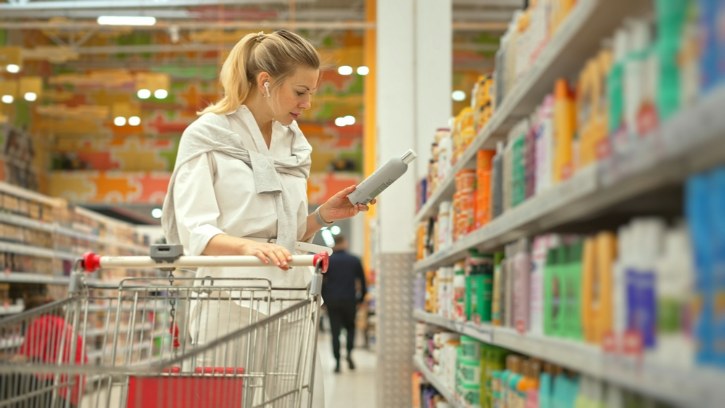
- Toiletries: Items like shampoo, conditioner, toothpaste, lotion, and mouthwash.
- Cosmetics: Products such as mascara, lip gloss, liquid makeup, perfume, and hairspray.
- Food Items: Spreadable or liquid foods like peanut butter, yogurt, jams, sauces, or salad dressings.
- Beverages: Drinks including water, juice, soda, or alcohol must also follow the size limit.
c. Stricter Enforcement of One Bag Only
- Only One Bag: Most airports now strictly enforce having just one clear, resealable bag per traveler, without exceptions.
- No Extra Bags: Any extra liquids, gels, or creams outside your single clear bag must be checked in your luggage or discarded.
d. Items Exempt From 3-1-1 Rule

- Prescription Medications: Liquid medications like insulin, cough syrup, or liquid antibiotics are allowed in larger amounts.
- OTC Medical Liquids: Over-the-counter liquids like saline solution and cough medicines.
- Medical Gels & Creams: Prescription ointments, creams, and gels for medical needs are also exempt.
- Infant & Child Nourishment: Larger amounts of baby formula, breast milk, baby food, toddler drinks, and juices are allowed. Gel ice packs used to keep these items cool are permitted too.
e. How to Declare Exempt Items
- Declare Early: Inform security officers at the checkpoint right away if you’re carrying exempt items like medical liquids or baby food.
- Separate Clearly: Place exempt items like medications or baby formula in their own tray at the security checkpoint.
- Expect Extra Checks: Security staff will likely inspect these items closely and may perform additional screening methods.
- Documentation Helps: Having your prescription labels or medical documents ready can make the screening smoother, although it’s not required.


